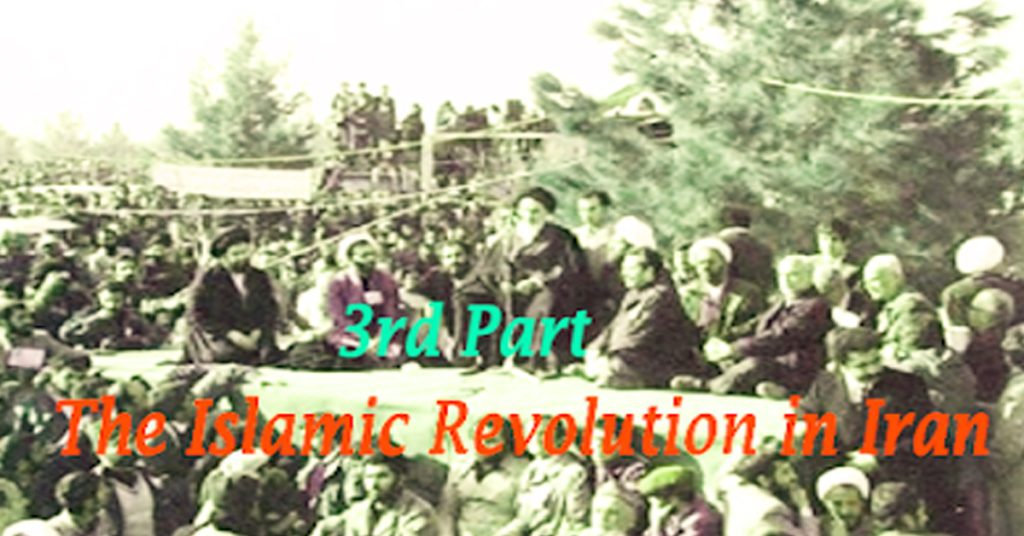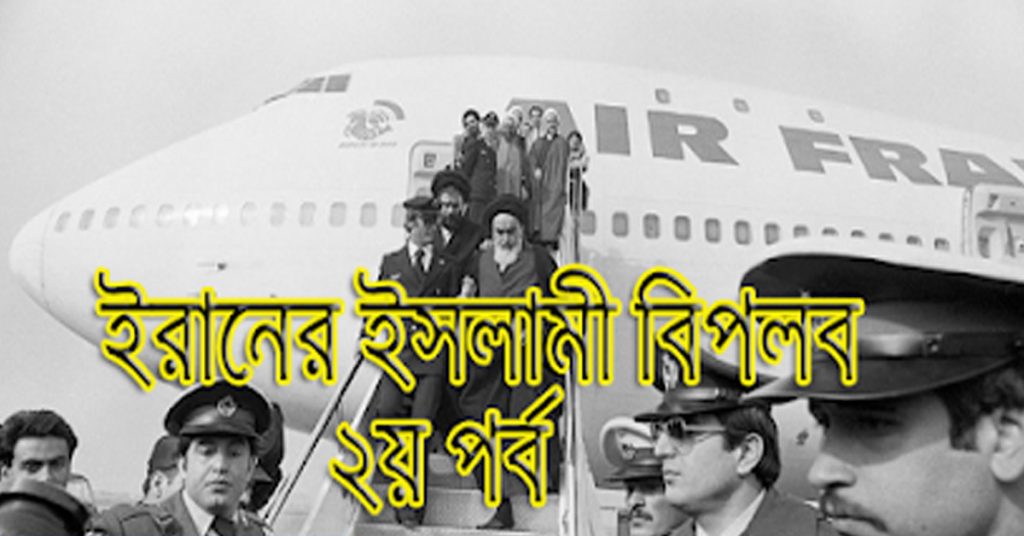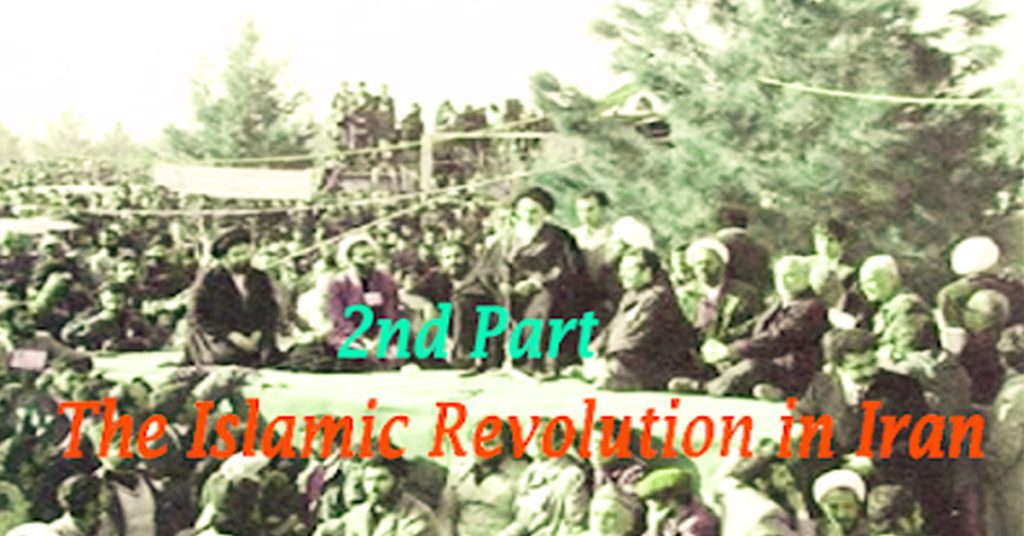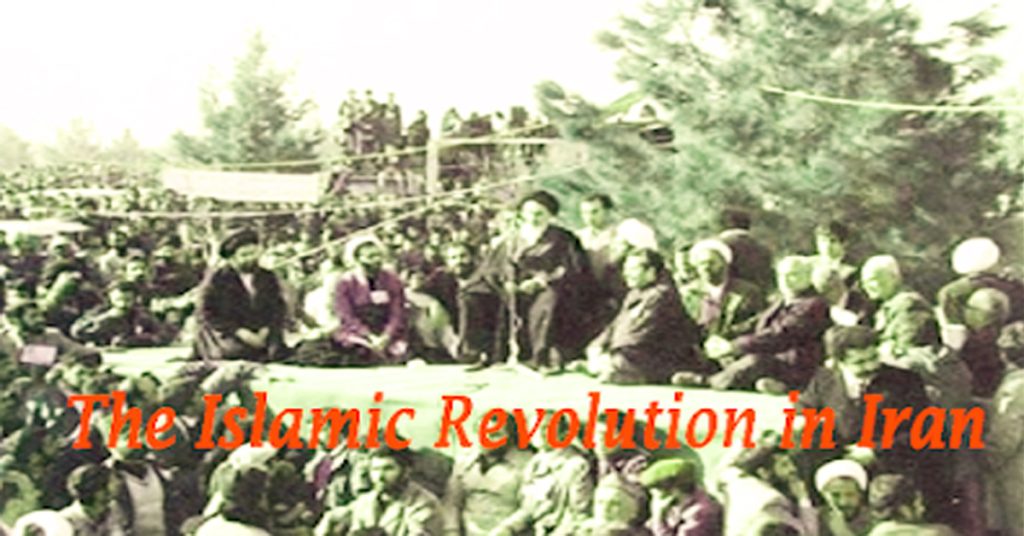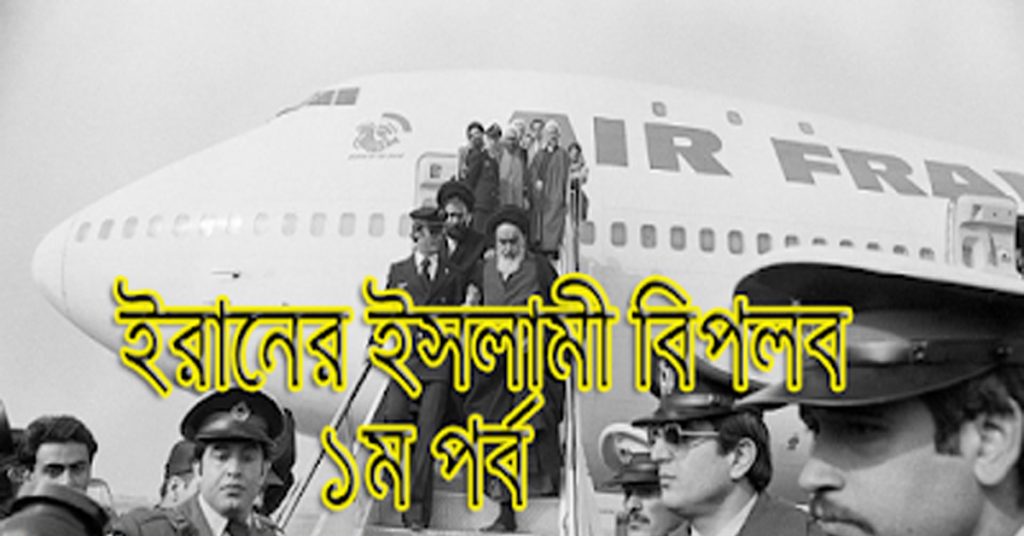The Islamic Revolution in Iran (4th Part).


The days of the Islamic Revolution in Iran.
(4th episode)
March 29, 1978 The situation is still tense. People are very angry with Shah. Brutal attack on Tabriz mourning after shootings in Kom protests; The barrier of human patience seemed to be breaking.
After the mourning ceremony in memory of the martyrs of Tabriz,
angry crowds took to the streets in groups. They openly chanted slogans against the Shah.
Human-like hyenas
are
warned
against
repeating the killings.
Although no incident took place on March 29, the streets of Yazd,
another city in Iran,
were
stained
with blood
on March 30.
Ayatollah Saduki, a well-known scholar and close associate of Imam Khomeini,
organized a rally at the Yazd Jame Mosque to demand the release of the Imam. At the end of the rally,
the crowd took to the streets to protest against the Shah. Shah’s forces did not allow the protests to end peacefully that day.
Protesters
were
shot at.
The attack killed 15 protesters and injured many more. But on that day Shah’s forces could not stop the protest even after firing.
The protests continued for three days. As the Shah’s torture increased, so did the movement.
Analyzing the events of those days of the Islamic Revolution,
it can be
seen
that the mourning
ceremonies held in memory
of the martyrs have played a major role in the success of the Islamic Revolution.
In Iran,
as in many other Muslim countries, special ceremonies
are
held on
the third,
seventh,
and fortieth days of death.
The Islamic Revolution in Iran
Relatives, friends and well-wishers of the deceased took part in these ceremonies and prayed for peace in the hereafter. In the days of the Iranian revolution,
large numbers of people used to gather at the ceremonies held in memory of the martyrs at the hands of the dictatorial Shah’s forces.
Mourning ceremonies were
held in almost all cities
of Iran in memory of some of the martyrs.
The main reason for this is the deep respect of the people towards the martyrs.
The Iranians consider those who give their lives in the struggle for truth to be very close.
They believe that the memory of the martyrs is essential. So Shah was calling for his own downfall through every murder.
Each incident of martyrdom prepared the ground for at least three mourning rallies. The ceremonies held on the third,
seventh and fortieth days in memory of the martyrs naturally spoke against the dictatorial Shah and the revolutionary movement took on a new dimension.
The Islamic Revolution in Iran
The Iranians used to swear that the blood
of the martyrs
would not be
wasted.
John Furan,
a Western writer, has written a book on the contemporary history of Iran. In that book called ‘Strict Resistance’.
He wrote about the role of the Chehlam event in making the revolution a success,
the Shah Sarkar could not even think beforehand about the protest rallies organized on the occasion of Chehlam.
If someone is martyred in Iran,
the ceremony is held on the fortieth day of martyrdom according to their religious rites.
Chehlam was organized in Tabriz, Kom, Mashhad and nine other cities on February 18 in memory of those who were martyred in the city of Kom on January 9, 1978.
Police shot and killed a young man during a Tabriz ceremony that day. Then the angry crowd took to the streets.
The Islamic Revolution in Iran
They were also attacked. Hundreds of people lost their lives in that incident. Crowds clashed with police in 55 cities on Chehlam Day of the martyrs of Tabriz.
The initial fears among the Iranian people were gradually dispelled,
and the general public’s involvement in the Shah’s
repression movement was further strengthened.
In the meantime, Imam Khomeini (ra) used to send instructive messages from exile.
The Imam’s speech repeatedly evoked optimism. People gathered strength and courage from his optimism.
Imam Khomeini (ra) has always emphasized on maintaining unity and continuing the struggle.
As a result, people continue their movement in a united manner and the situation changes rapidly.
Even a few months ago, in Iran,
anyone who uttered the name of the Shah without adding any good adjectives
or
criticized him in the slightest would have been severely punished.
Criticism of anyone in his family,
not just Shah,
was forbidden. But as the movement gained momentum,
so did the effect of the ban. The people of Iran have been able to forget their own differences and remain united under the leadership of Imam Khomeini (ra).
(Collected)

